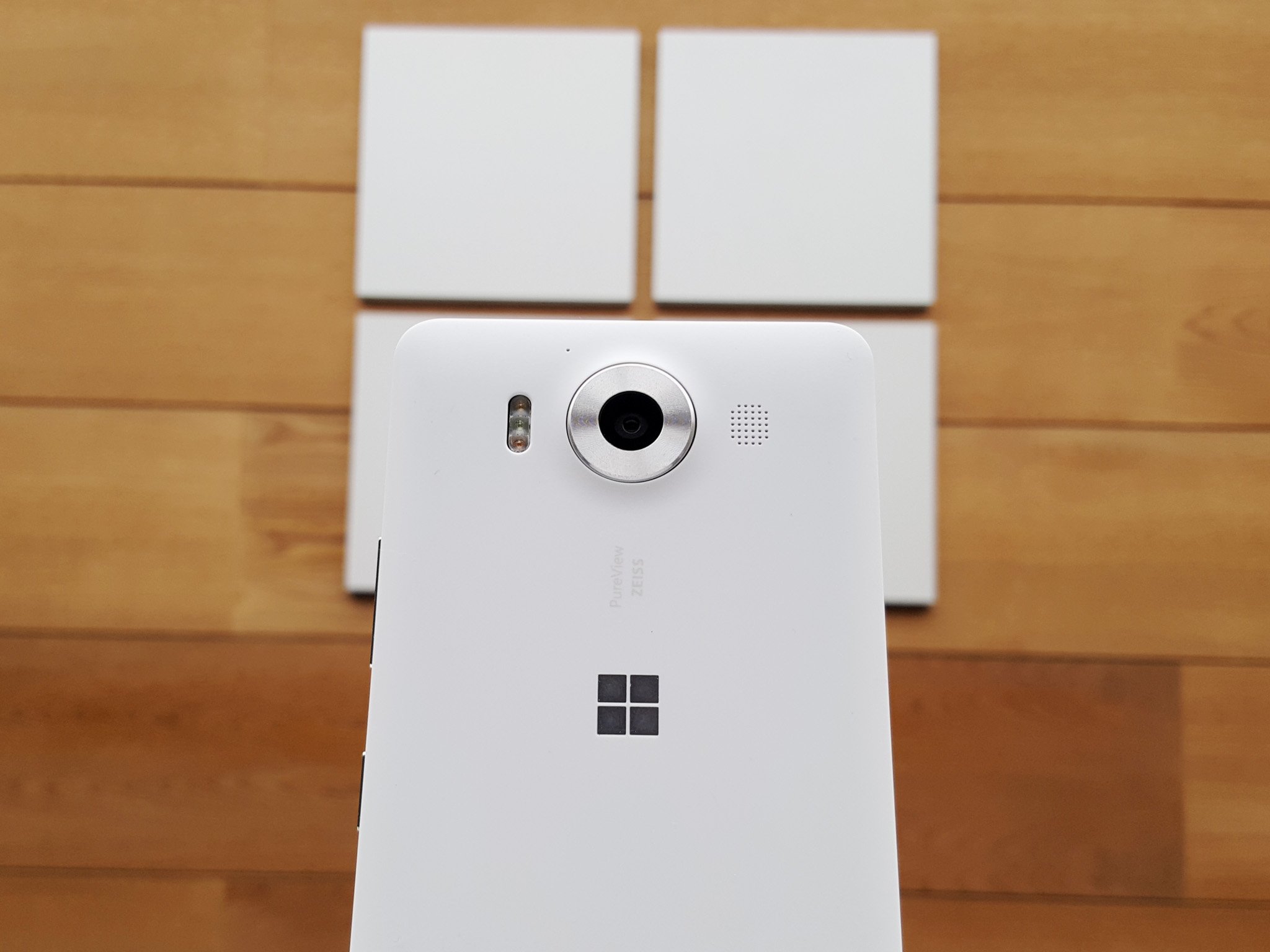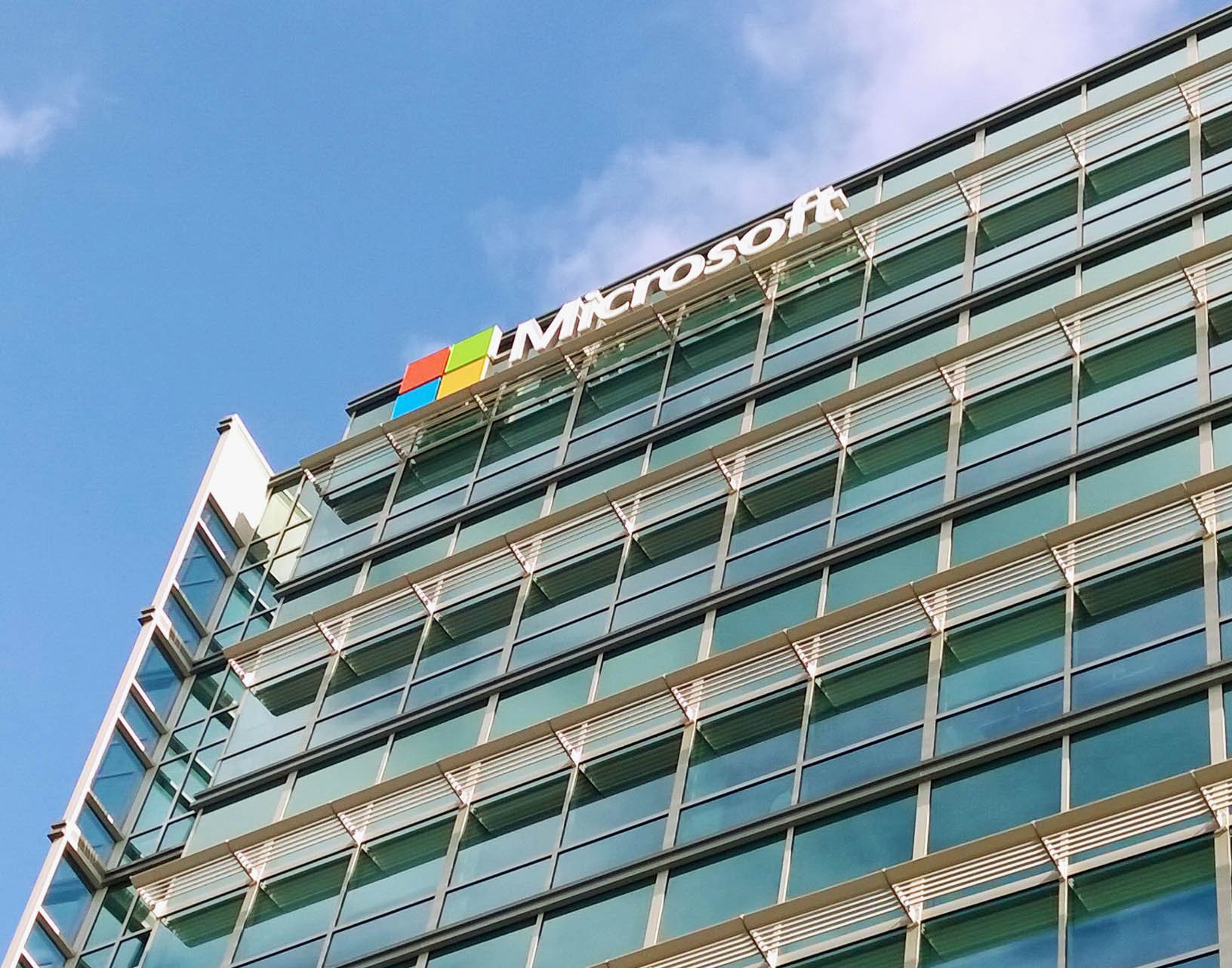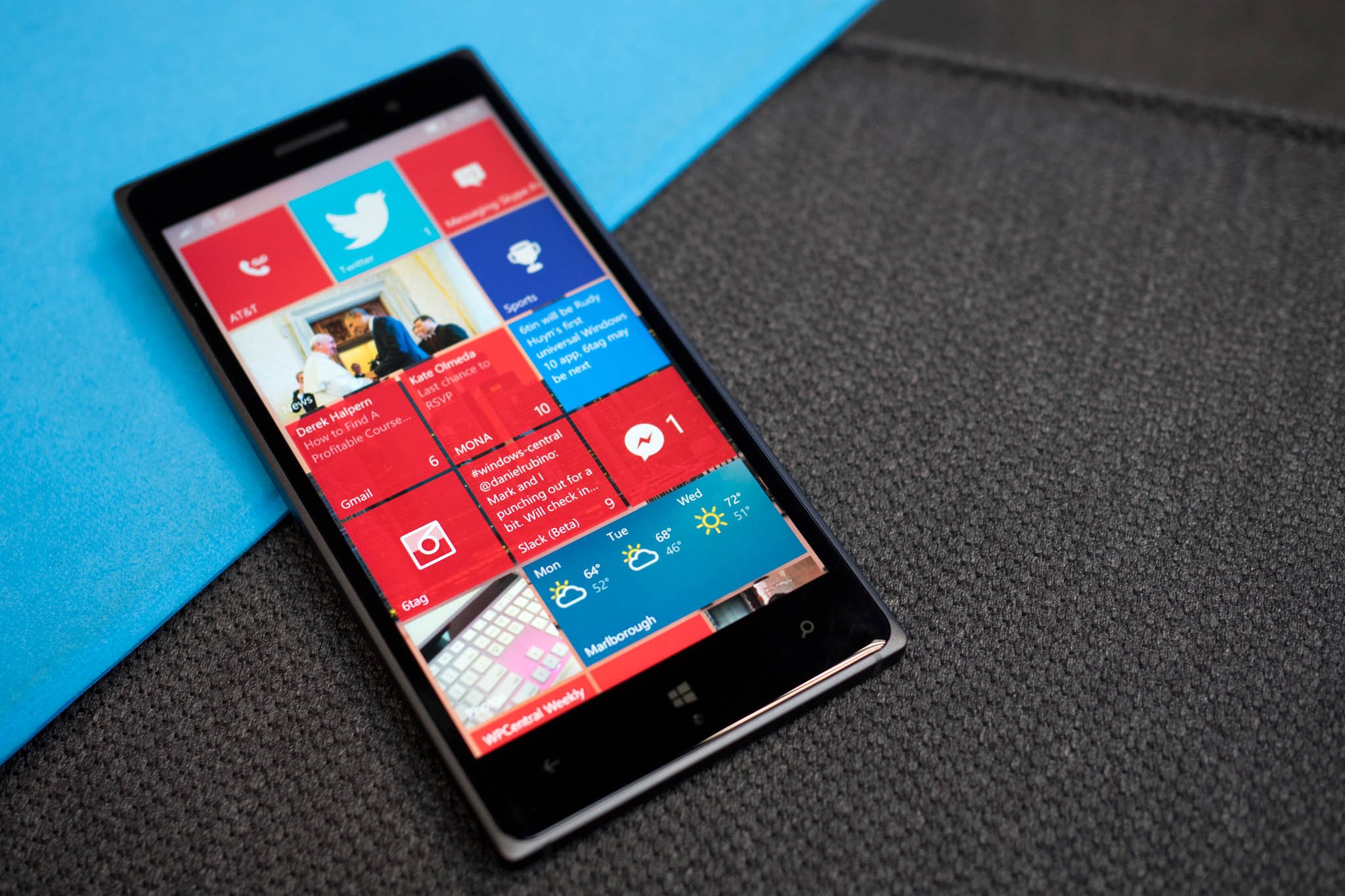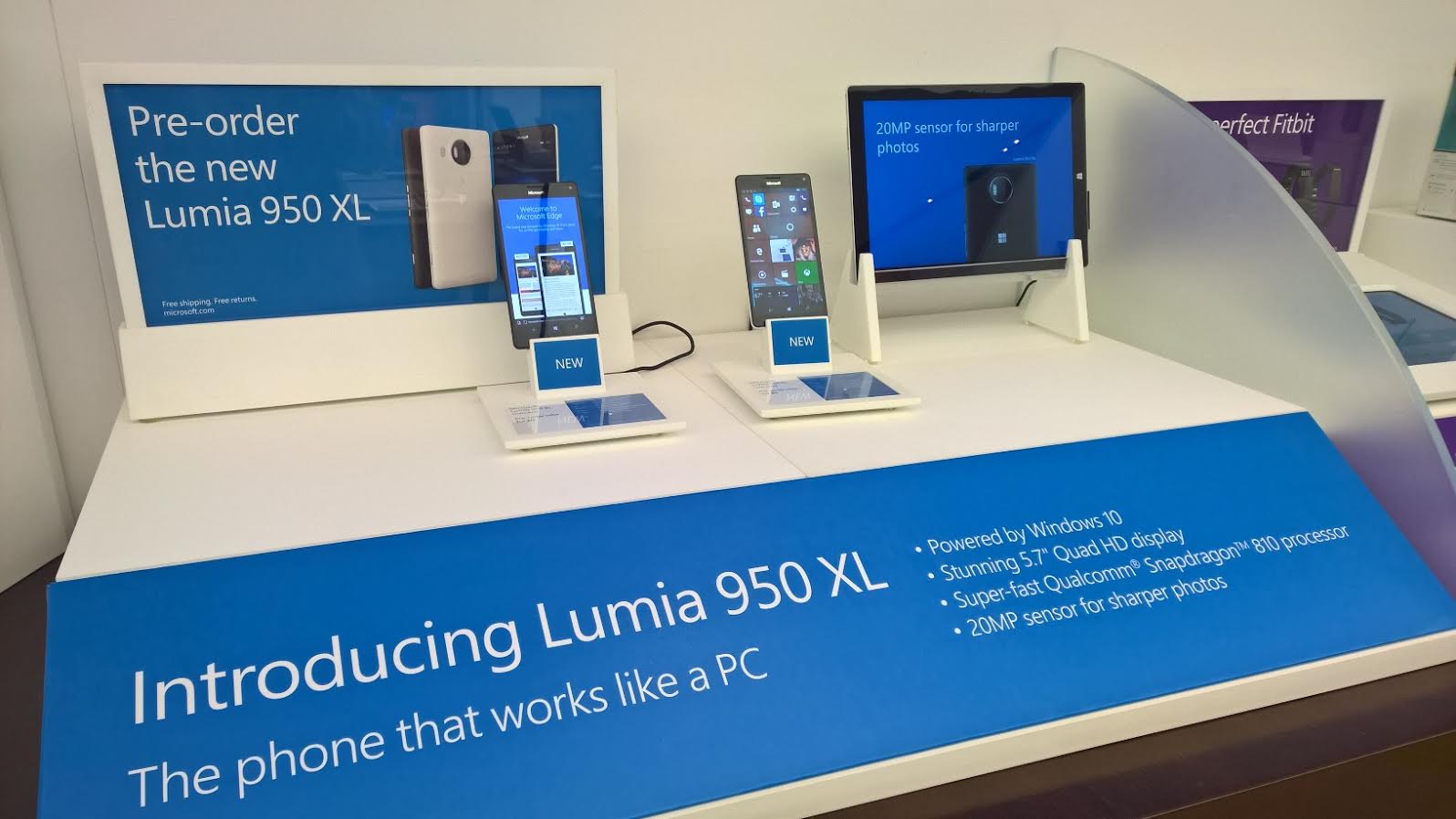Microsoft sold only 5.8M Lumia Windows Phones last quarter. Now what?

Today's FY15 Q1 financial report from Microsoft, believe it or not, contains a lot of positive news. In fact, Microsoft stock is trading higher in after-hours trading pushing it to the $48 mark for the first time in a long time. Investors are happy over Microsoft's future.
The reason for the Wall Street exuberance is many of Microsoft's businesses are doing well, to wit:
- Bing is up 29%
- Office 365 commercial seats up 66%
- Consumer licenses up 157%
- Total commercial bookings up 10%
- Servers up 9%
- Azure up 135%
Those almost all fall under the new "Intelligent Cloud" grouping with an overall 8 percent growth for $5.9 billion in revenue. An analyst at FBR Capital Markets, Daniel Ives, is quoted by the New York Times as saying that "…the company "hit it out of the park" with its profits. "Cloud is the epicenter of the growth story".
The bad news, although hardly surprising is the Lumia line of Windows Phones. Microsoft got pulverized with a 54% decline in phone revenue compared to the same quarter last year. That translates into just 5.8 million Lumias sold last quarter versus 9.3 million the year earlier.
The previous quarter's numbers had Microsoft at 8.4 million Lumias sold, which was up for at time from the same period in 2014. Going back even earlier to holiday 2014 and Microsoft peaked at 10.5 million Lumias.

It is not surprising to see the steady drift of declining Lumia sales when you look back at the last year. The Lumia 830 and Lumia 735 did little to woo new customers, and US carriers are abandoning Lumias and Windows Phones as interest – and new devices – wane.
Seeing that 5.8 million number puts things in perspective and when combined with losing Mint today and things are dire.
Get the Windows Central Newsletter
All the latest news, reviews, and guides for Windows and Xbox diehards.
Looking forward
There are a few ways out of this for Microsoft going forward:
- Successful launch of the Lumia 950 and Lumia 950 XL that garners renewed interest from consumers
- Halo effect from the rest of Microsoft's successes
- Universal Windows apps and Windows Bridges stopping the app hemorrhaging
A succesful launch of the Lumia 950 and Lumia 950 XL is crucial for a rebound even if to steady things. If those phones are reviewed poorly – and the app-gap will be a factor for reviewers – and if customers treat it like the next BlackBerry or Amazon.com Fire Phone, then Windows Phone as we know may be over.

Besides the Acer Jade Primo and Alcatel OneTouch there are not many other OEMs who are supporting Microsoft anymore. HTC is fighting to stay alive with Android and Samsung is busy with the Galaxy S series. Neither appears to have any plans for Windows 10 Mobile.
The low-cost emerging market strategy kept Windows Phone in the game for a while, but those demographics do not turn into money. Those users spend less on apps and hardware with razor-thin profit margins. Microsoft needs premium phones with high consumer appeal. I am not sure these new Lumias fit the bill.
Above and beyond the Lumia 950 and Lumia 950 XL there is the lackluster Lumia 550 and as-yet unannounced Lumia 'Saana'. That latter phone I'm told sports a 5-inch AMOLED display has a 5 MP front-facing camera and packs a Snapdragon 410 processor. It targets the Lumia 640 price range and is unlikely to be a very exciting release (planned, right now, for February).
After that - "Surface phone"? Maybe. If Windows 10 Mobile survives that long. Great projects are canceled all the time at Microsoft if they don't make sense.
Momentum and UWP
Luckily, after today's report Microsoft has a lot of positive energy. In plain English, everything else they are doing is working and turning a profit. Sure, Windows 10 and PC sales are down, but expectations for the Surface Pro 4 and Surface Book are high amidst positive reviews and word-of-mouth.
Expectations are high that Windows 10 will see a turnaround in the PC business in this next quarter. This shift could result in a halo-effect where positive Windows 10 momentum helps prop up the phone business.
However, this is a long shot in a world dominated by iPhones and Androids. Still, in many ways it works for Apple and their hardware ecosystem. And PCs are dominant in the world. Will new Surface owners yearn for a Windows 10 Mobile?
The final piece in the puzzle is Universal apps and the Bridges – Astoria, Islandwood, Centennial, Westminster – are all positioned to make bringing over apps easier. Out of those Bridges, only Westminster is active (universal web-apps). Astoria (Android) and Islandwood (iOS) are still in development and Centennial (Win32 apps) is not expected until early 2016. The question is once devs have access to those supposedly simple porting tools will the use them? Would devs bother to 'tick the box' during Store deployment to target phones?

Although Windows Continuum is interesting for mobile, I am not yet convinced it will push Lumia sales for consumers. I'd love to be proven wrong on that.
Microsoft is in an odd position in late 2015. Everything about the company is looking great. Premium hardware abounds with the new Surfaces, HoloLens, Elite Controller, Xbox One lineup, and Band 2. Windows 10 is looking to be a big success, and Microsoft's cloud business is doing gangbusters.
Even Bing is now profitable with $1 billion in revenue with 20 percent of that coming from Windows 10 devices! And the tech industry and investors are rallying for Redmond for once.
…And yet Lumia is there limping along. So, does Microsoft use its new success to help prop up their mobile business or do they get rid of it? Dumping Windows 10 Mobile removes much of the Universal Windows Platform (UWP) raison d'etre. I have yet to see an argument how Microsoft can abandon Windows 10 Mobile and keep UWP a thing for Windows 10.
I have no idea what Microsoft will do. I've already noted how Microsoft didn't seem that enthused with those new Lumias and the lack of US carrier support is going to be a big deal. On the other hand, this week's Insider release of build 10572 has me excited.
As always with Microsoft the next six months is going to be very interesting.

Daniel Rubino is the Editor-in-chief of Windows Central. He is also the head reviewer, podcast co-host, and analyst. He has been covering Microsoft since 2007 when this site was called WMExperts (and later Windows Phone Central). His interests include Windows, laptops, next-gen computing, and wearable tech. He has reviewed laptops for over 10 years and is particularly fond of 2-in-1 convertibles, Arm64 processors, new form factors, and thin-and-light PCs. Before all this tech stuff, he worked on a Ph.D. in linguistics, performed polysomnographs in NYC, and was a motion-picture operator for 17 years.
